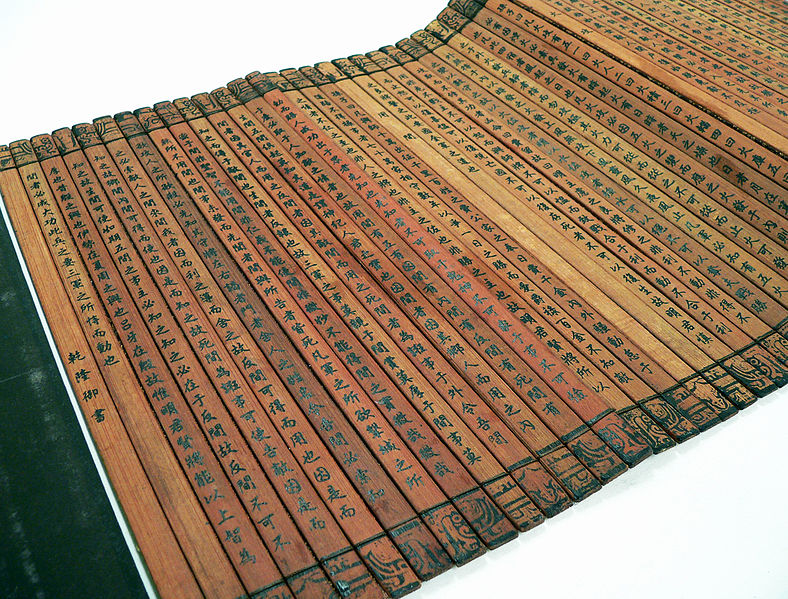Bond. James Bond. MI-6 agent 007 with a license to kill.
Since the mid 1950s, the suave, sophistocated and sexy secret agent known as James Bond, created by the famous author Ian Fleming, has introduced us bit by bit to the world of the British Secret Intelligence Service…the SIS…more commonly known as MI-6, or Military Intelligence – Section 6.
But why is it MI-6? Why not 9? Or 3? Or 2? Or 45? What does “MI-6” actually mean and where does it come from?
This article will delve into the murky and fascinating depths and history (as far as can be discovered) of the British Military Intellgence Service, of which MI-6 is just a tiny part.
The History of Military Intelligence
Those letters and that number are magical, aren’t they? “MI-6”. Bam! We enter a world of nightclubs, cocktails, black-tie evening-dress, guns, car-chases, espionage, amazing fight-scenes and raunchy one-night stands. But MI-6 is just one small section of what was once a much larger military intelligence network. So what was it and where did it come from?
British Military Intelligence as we know it today was born in the early years of the 20th century. In 1909, the War Office in Great Britain authorised the creation of the “Secret Service Bureau”. The Secret Service Bureau was made up of a series of military intelligence departments. Over the decades, they increased and decreased in size and function. At their height, though, the military intelligence departments numbered nineteen in total. They were…
MI-1 – Codes and Cyphers. General codebreaking.
MI-2 – Geographic information on other countries.
MI-3 – Further geographic information.
MI-4 – Aerial Reconnaisance.
MI-5 – Security Service, responsible for internal national security (still operational today).
MI-6 – Secret Intelligence Service, responsible for espionage, etc (still operational today. James Bond is an MI-6 agent).
MI-7 – Propaganda.
MI-8 – Communications security and signal-interception. MI-8 was responsible for scanning airwaves for enemy radio-activity.
MI-9 – POWs, enemy & allied. POW debriefing, aid to allied POWs, interrogation of enemy POWs (until 1941).
MI-10 – Technical analysis.
MI-11 – Military Security.
MI-12 – Military Censorship.
MI-13 – Section unused.
MI-14 – Surviellence of Germany.
MI-15 – Aerial defence intelligence.
MI-16 – Scientific Intelligence.
MI-17 – Secretariat for Director of Military Intelligence.
MI-18 – Section unused.
MI-19 – Enemy POW interrogation (from 1941 onwards, taking over some of the duties from MI-9).
The Secret Service Bureau was in active duty from the early 1900s through both World Wars and onto the Cold War. Many departments were created as a direct result of the two World Wars, while others were created in response to the Cold War starting in the late 1940s, running to the 1980s. Over the years, departments changed functions or ceased functioning entirely, although some lasted for a considerable time before that ever occurred.
MI-8 was responsible for radio-surveillence during the Wars, tapping telephone-wires, scanning radio-frequencies for enemy radio-activity and helping to track down enemy agents by intercepting their messages to find out more about enemy activity.
MI-9 might be familiar to anyone who has studied the famous “Great Escape” of March, 1944. MI-9 was responsible for the aid of allied POWs and allied secret agents. MI-9 sent cleverly-disguised pieces of contraband to allied POWs and agents working behind enemy-lines, in an increasingly ingenious number of ways. Phoney aid-organisations and charity-groups were created which sent over “care-parcels” for allied POWs. Inside these parcels, which, on the outside, came from “family” and “friends”, were items such as maps, matches, compasses, knives and other escape-aids, which the allies put to good use.
MI-6 remains the most famous section of the Secret Service Bureau because of its exposure created by author Ian Fleming and his world-famous “James Bond” novels and series of films, which continues to this day. Fleming was ideally suited for writing such gripping and exotic spy-novels. During the Second World War, he had a post working for British Naval Intelligence, and his work as an intelligence officer during the war exposed him to codes and spies and espionage, a perfect background for James Bond…which probably also explains why Bond also holds the rank of “Commander” in the Royal Navy.
In the 1950s, with Great Britain licking its wounds from the Second World War, Fleming’s novels of a suave, dnner-jacketed spy who flew around the world combating evil was exactly what people wanted to read. Something exciting and escapist, so that they too, could escape from their own, dreary, rationed, postwar lives. It was because of Fleming’s novels that MI-6 has remained so famous today.
The End of the Secret Service Bureau
The MI sections began to become defunct in the years during and after the Cold War. With no “hot” war to fight (a ‘hot’ war being one with actual military engagements), many of the MI sections became useless. There were few if any POWs, there was no Germany to fight and there were few, if any, aerial engagements. One by one, the sections were closed down until eventually, only two remained. The two sections that still had a practical use to the British Government outside of an actual military conflict: MI-5 and MI-6, concentrating on internal, national security and on collecting international intelligence respectively.

Thames House, London. MI-5 HQ

Secret Intelligence Service (MI-6) HQ, London
Today, MI-6 still captures the public imagination as the ultimate secret intelligence service, this despite the fact that it is little more than a WWII-era relic of a once large and complex intelligence network. A book was published recently as an official history of the Secret Intelligence Service, covering MI-6’s history from 1909-1949. Who knows how many of those things shown to us in those glitzy Bond films were ever real?



